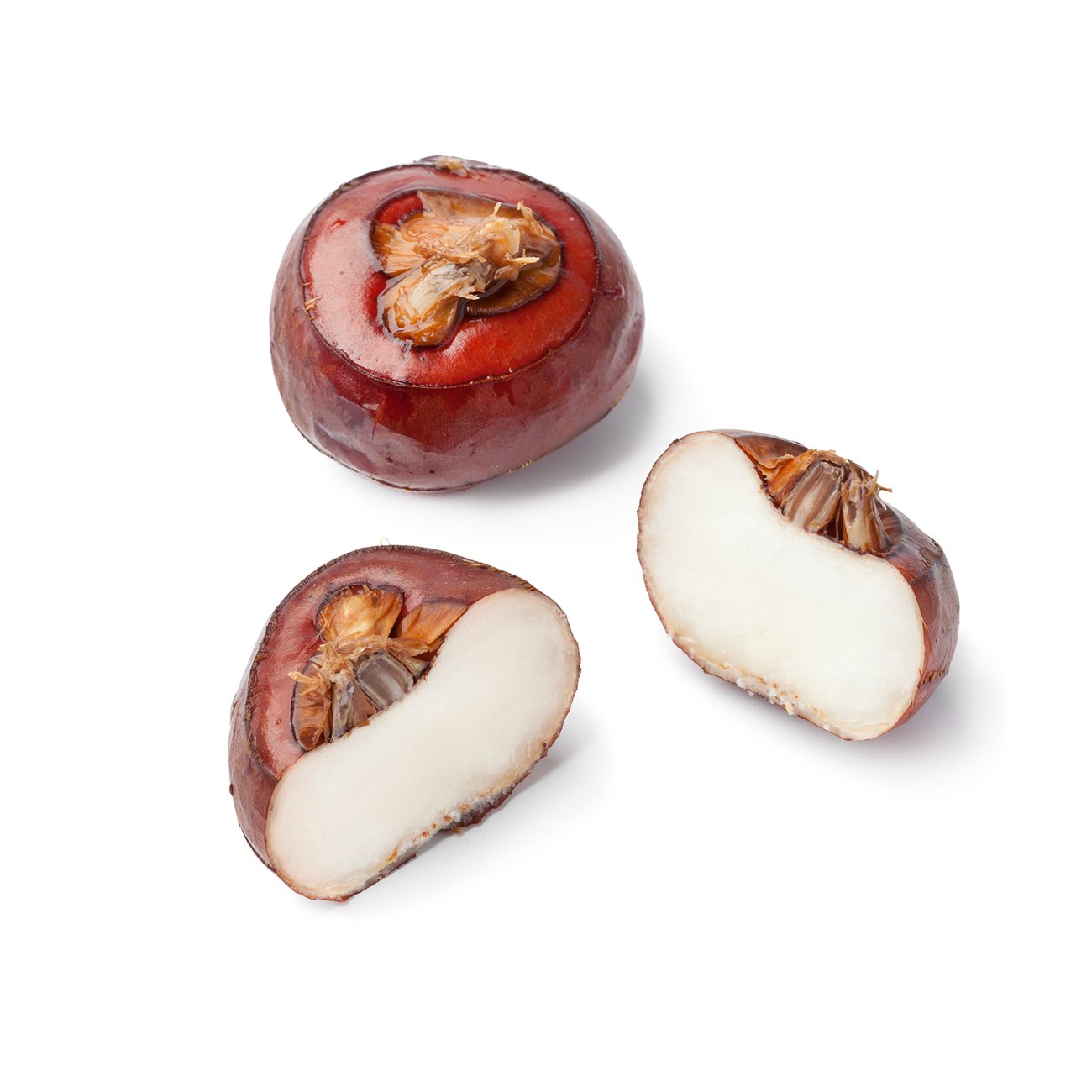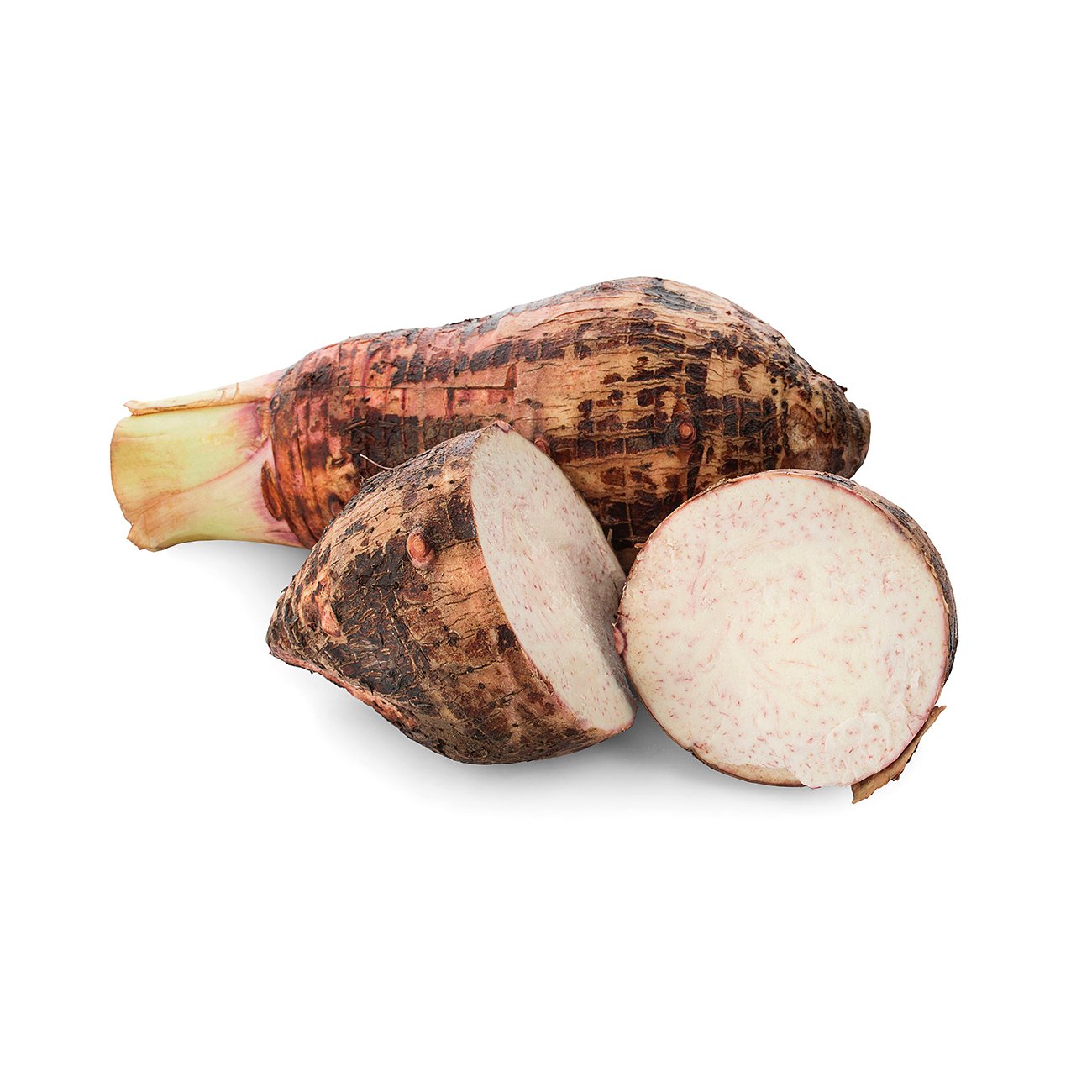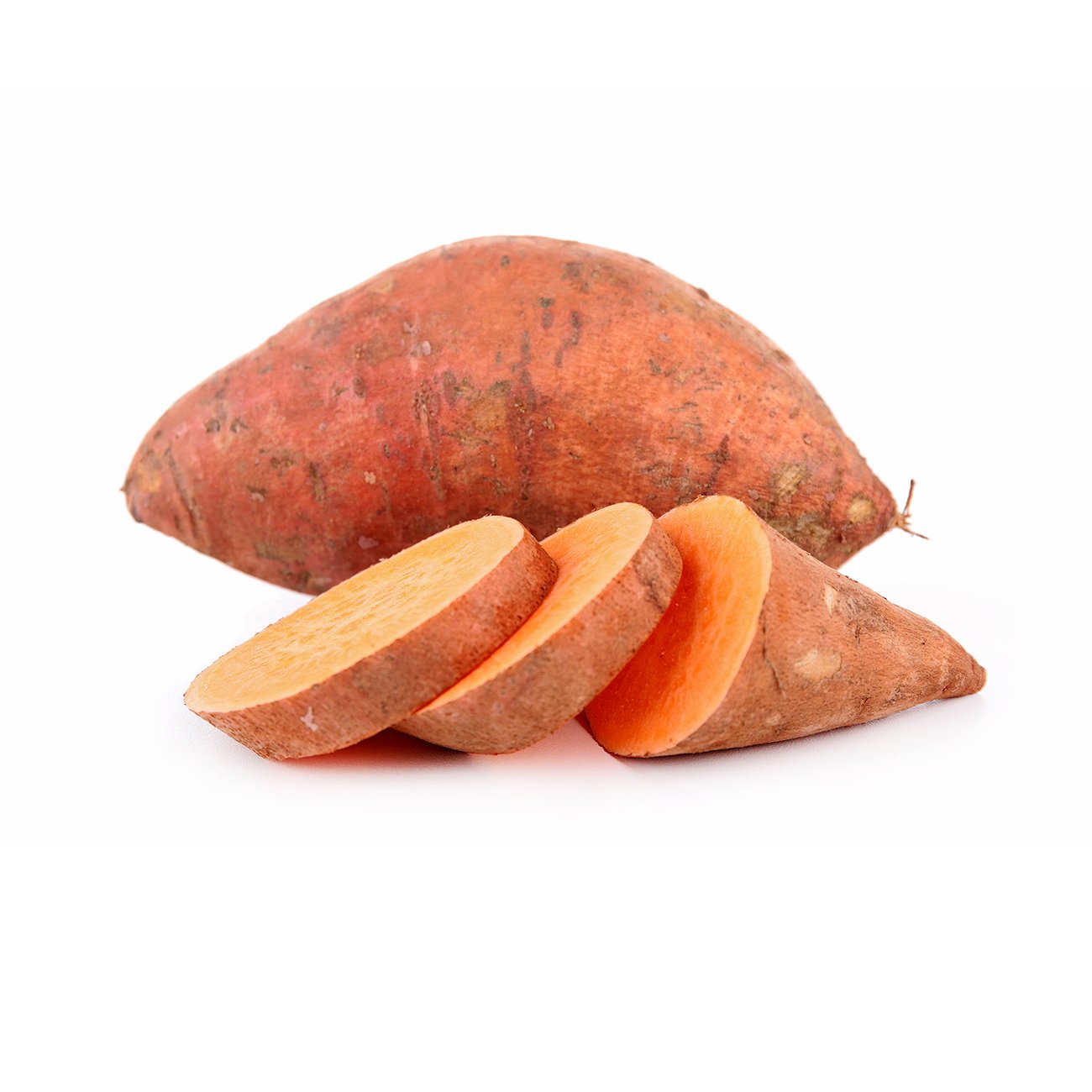Water chestnut
This slightly sweet aquatic vegetable grows underwater.
Alternative Name
Chinese water chestnut
Scientific Name
Eleocharis dulcis
Health benefits
The water chestnut is actually not a nut at all, but an aquatic vegetable. Its outer skin resembles a chestnut, but the flesh is white, crunchy and juicy. It is quite sweet and has a nutty flavour.
-
Harvesting
Quality water chestnuts have a high level of sweetness in association with plump, crisp and turgid corms. Corms are easily damaged due to their soft peel and high sugar content, and shrivel as a result of water loss.Postharvest storage temperature
The most effective storage temperature is 1–5°C, however 10°C would be better if decay can be controlled, since sugar content increases more at that temperature. Corms smaller than 2cm may exhibit chilling injury at 1°C after 10 days, expressed as internal browning, water-soaking and external decay.Controlled atmosphere storage
To minimise weight loss in stored corms and to promote sweetness, packaging materials, storage temperatures, and storage durations need to be carefully managed. Higher storage temperatures are associated with a decrease in sugar content and increase in sprouting.Ethylene sensitivity
No information concerning ethylene available.Humidity storage
Optimum relative humidity is 90–98%.Disease & infection
No further information available. -
Peel before use. Keep in vegetable drawer of fridge.

You might also like
Veggy tip
After peeling away the skin and chopping off the top of water chestnuts, eat raw (after washing) to enjoy crunchy texture or add to your stir-fry.



